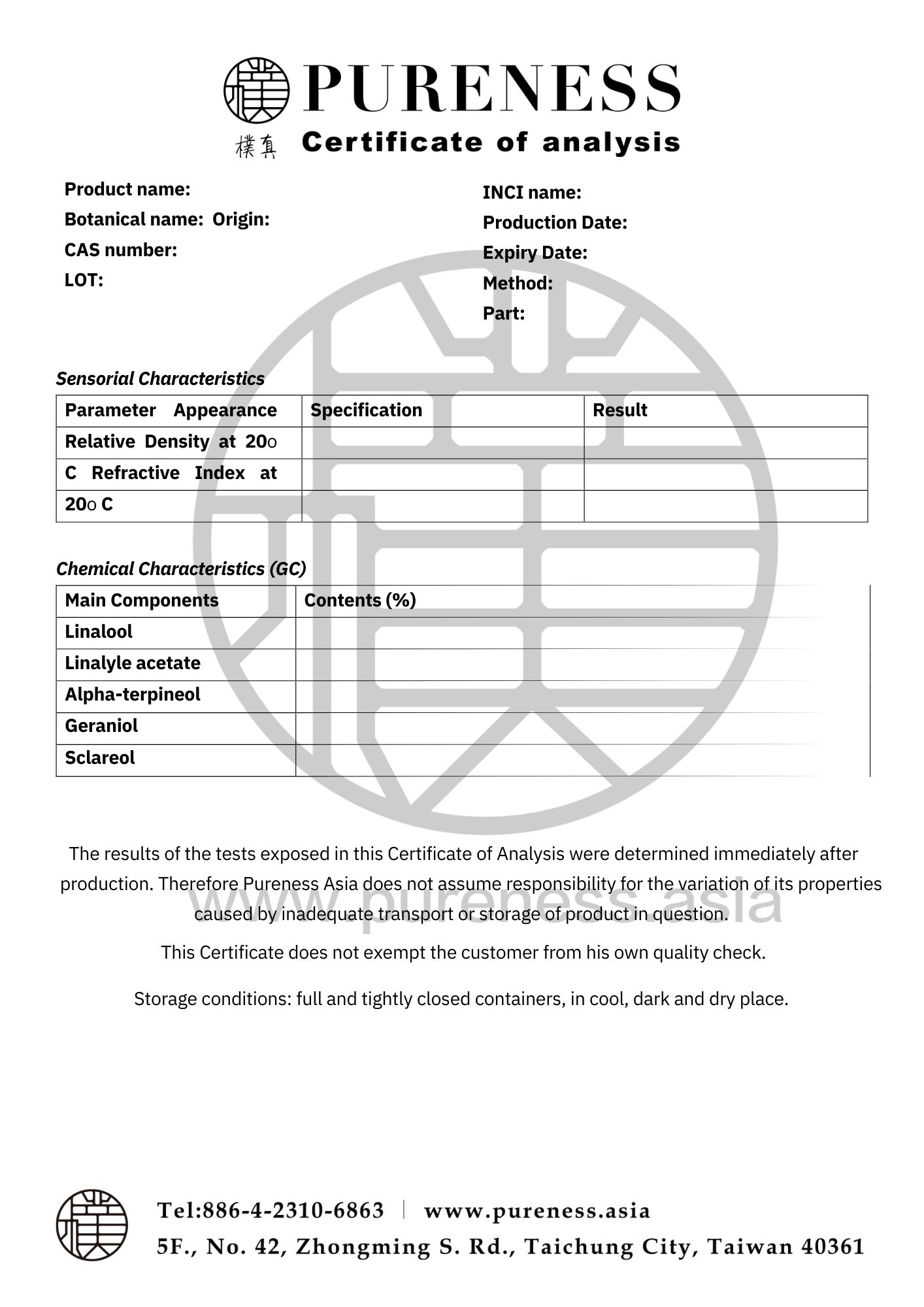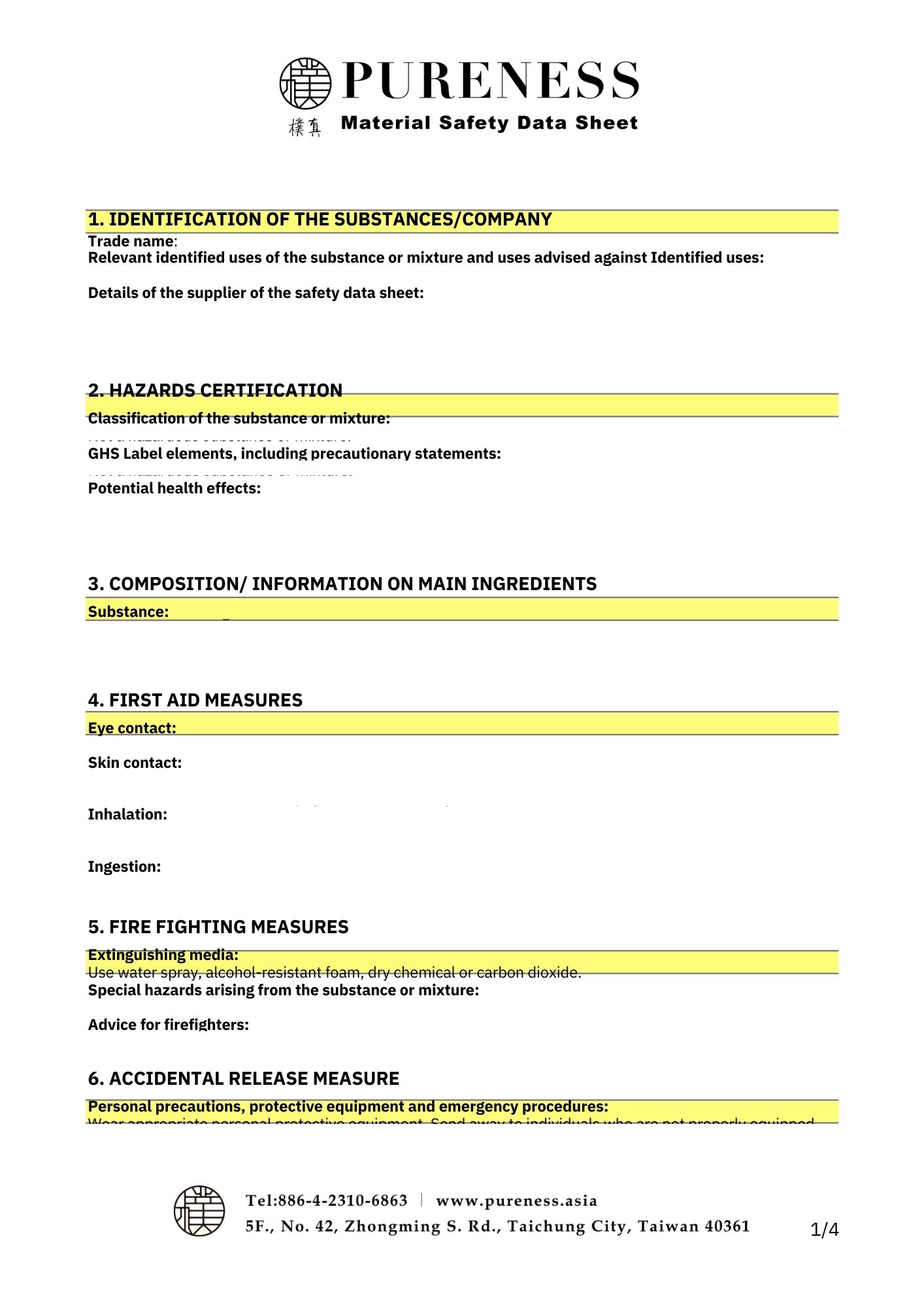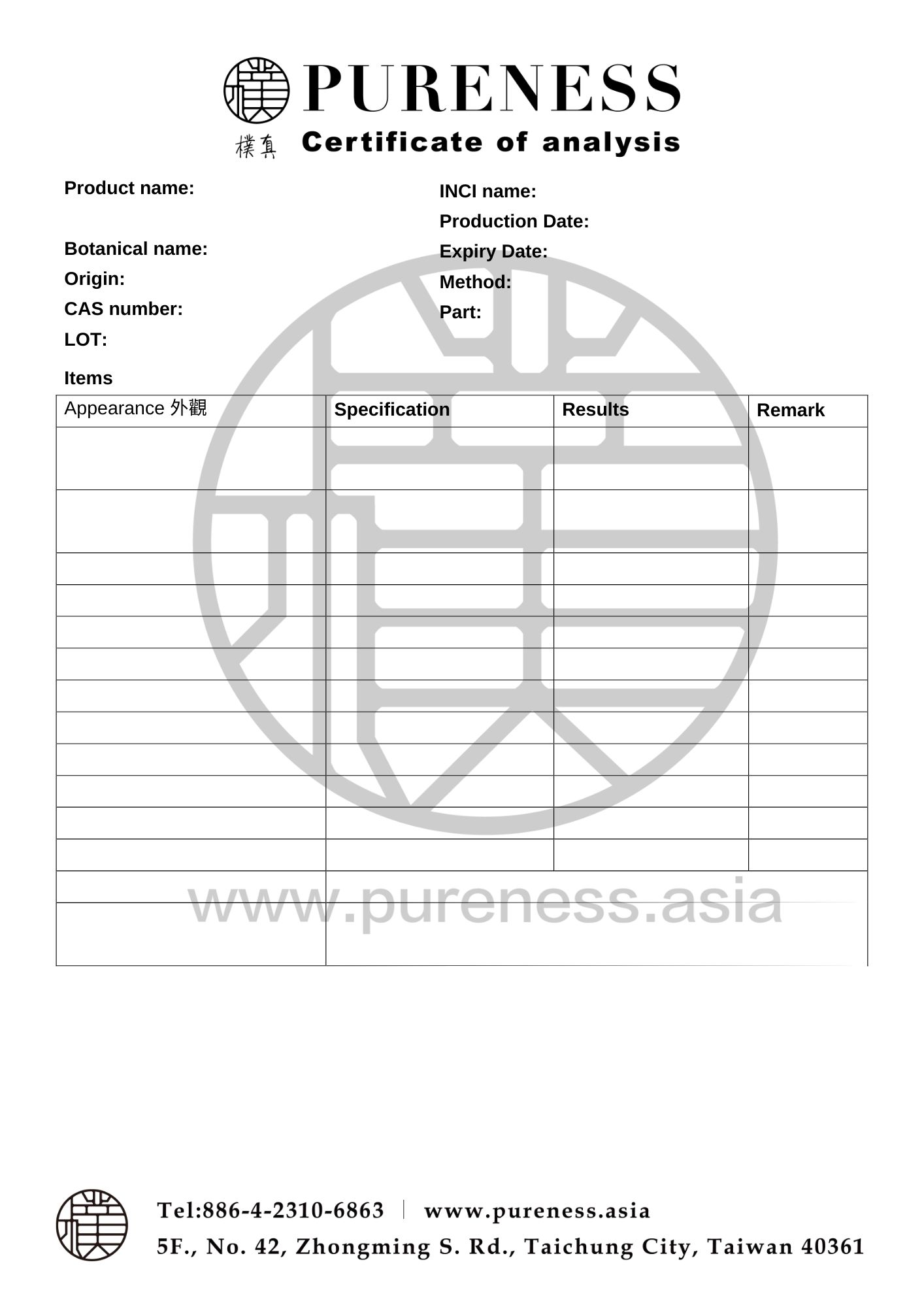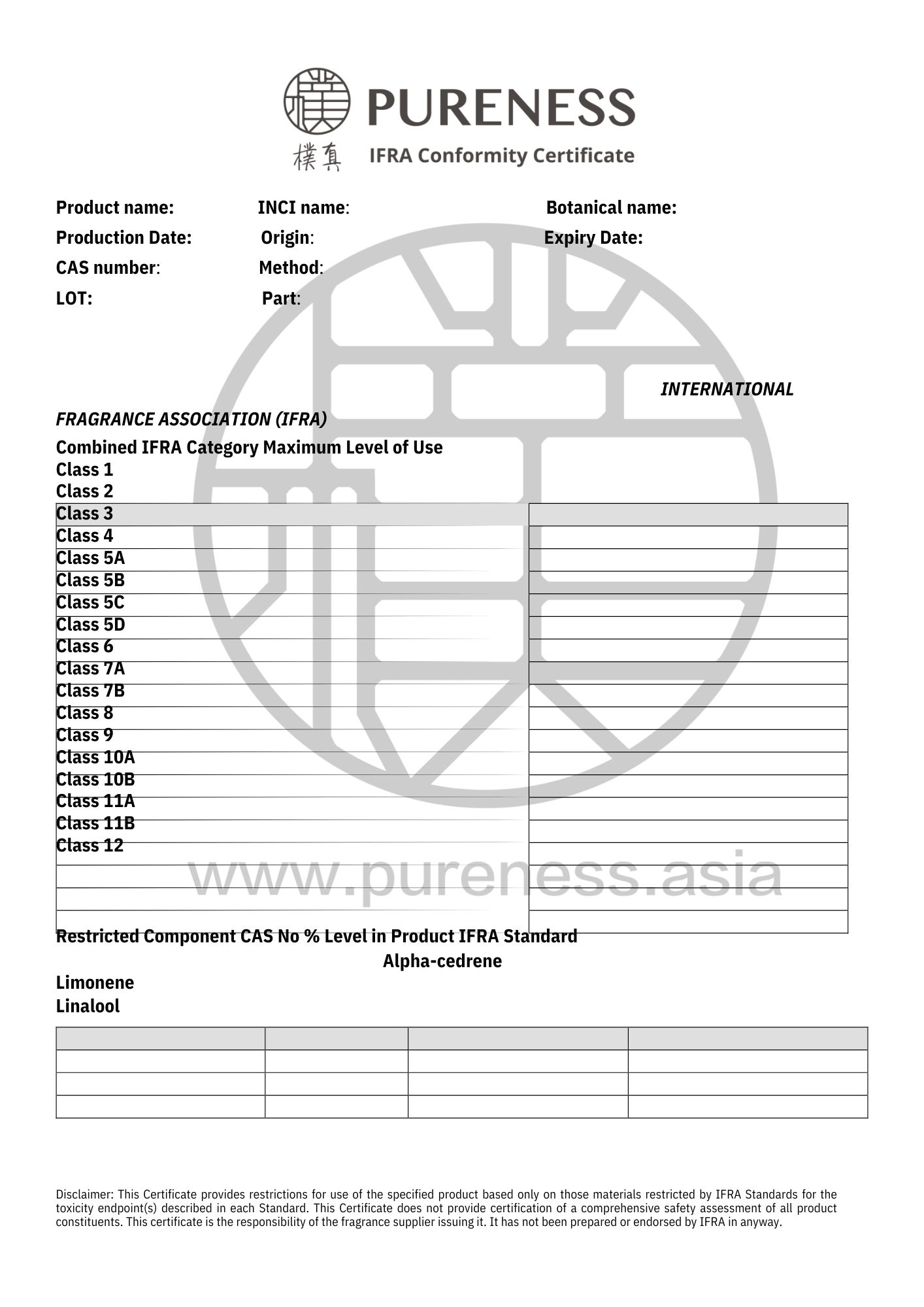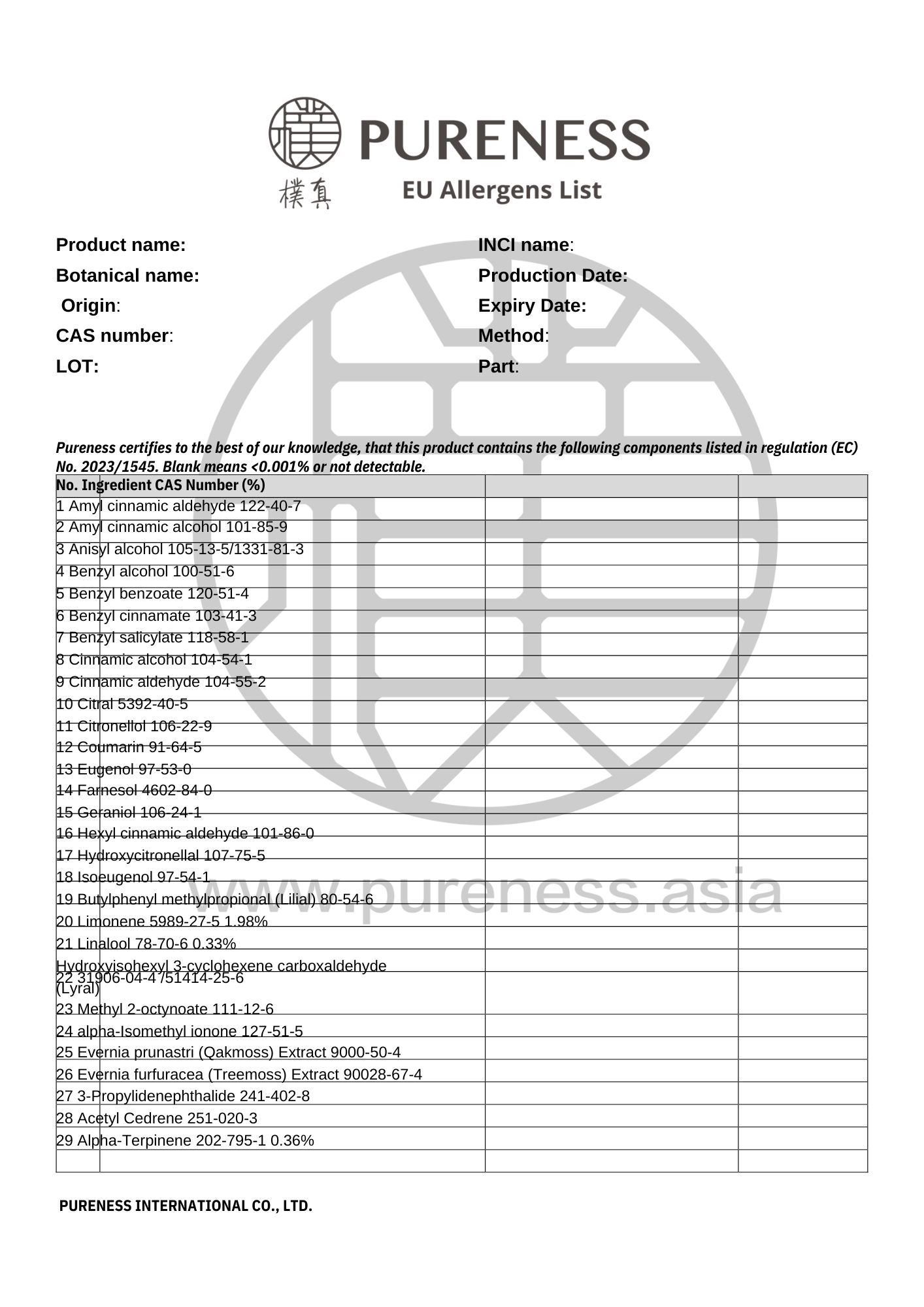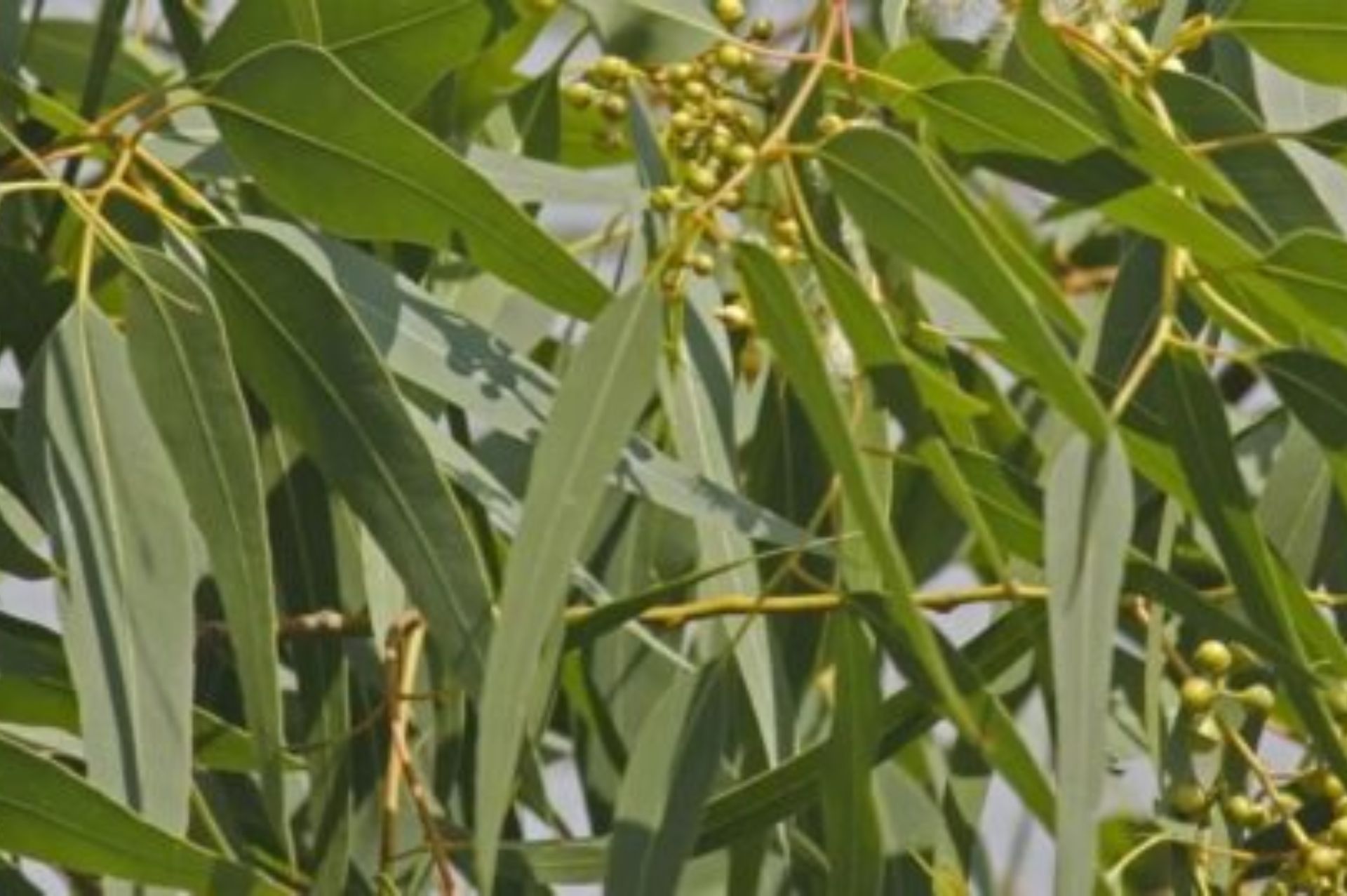
澳洲尤加利 Eucalyptus australia
拉丁學名|Eucalyptus radiata
主要產地|澳洲
原料分類|葉片系列
原料規格|500g-25kg 詳情請洽業務
萃取部位|葉片
萃取方式|蒸餾
植物科別|桃金孃科
植物氣味|具輕盈暢快、提神醒腦的香氣
▎精油簡介
澳洲尤加利(Eucalyptus radiata),又稱為桉樹或俗稱孤獨樹,它是澳洲木本植物中代表性的樹種,一般為常綠喬木,數高達30m,整體樹形成金字塔狀,樹皮為灰色纖維狀,葉片較薄,葉子通常互生,有柄,全緣羽狀脈,多為鐮刀形;枝、葉、花有芳香;早春開白色、紅色或黃色花,多為繖形或頭狀花序。同屬的尤加利樹由於適應澳洲各種不同的地理氣候,其覆蓋率遍及整個澳洲。
因生長速度很快,對水的需求量較大。因為尤加利樹的經濟價值與種植成活率較高,澳洲東部的30至50種尤加利樹,為澳洲的代表樹種,也是無尾熊的主要食物,看到尤加利就很自然地想到無尾熊抱吃的畫面。
尤加利樹本身帶有的揮發性芳香油是許多蚊蟲不喜歡的味道,是含氧率很高的一種精油,對於淨化空氣,清潔呼吸系統都有十分顯著的效果。
▎成分解析
|主要成分:氧化物
澳洲尤加利含有高比例氧化物(1,8-桉油醇),同時還含有單萜醇、單萜烯、單萜酮等其他分子結構,所產生的協同作用具有一定醫療價值,如:α-蒎烯,檸檬烯,α-萜品醇,順式胡椒醇,牻牛兒醇等。
|成分1:1.8-桉油醇 (1,8 cineole)
尤加利具有高含量的1,8-桉樹腦,商業上可用於製藥和化妝品工業中的精油生產。且被廣泛種植用於紙漿,膠合板和實木的生產,其葉子芳香油具有令人震驚的廣泛生物活性。
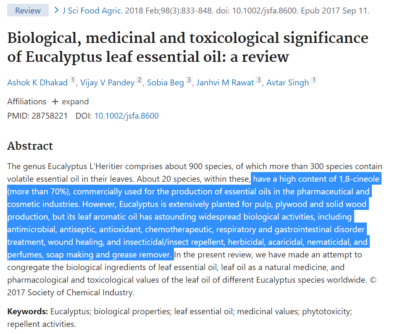
▸ 在研究中發現1.8-桉油醇,具有抗炎活性,因此在上呼吸道和下呼吸道疾病中可用作黏液溶解劑。
|成分2:右旋萜品烯-4-醇(Terpinen-4-ol)
要特別注意放置太久的萜品烯-4-醇會氧化成香荊芥酚,具皮膚刺激性。
|原料認證
欲取得相關認證資料請 點我加入官方LINE@
▎參考文獻
- Ashok K Dhakad et al. Biological, medicinal and toxicological significance of Eucalyptus leaf essential oil: a review. J Sci Food Agric. 2018 Feb;98(3):833-848.
- Bom Park , Eunson Hwang , Seul A Seo , Jin-Gyeong Cho , Jung-Eun Yang , Tae-Hoo Yi. Eucalyptus globulus extract protects against UVB-induced photoaging by enhancing collagen synthesis via regulation of TGF-β/Smad signals and attenuation of AP-1.Arch Biochem Biophys. 2018 Jan 1;637:31-39.
- Myburg et al. The genome of Eucalyptus grandis, Nature (2014), doi:10.1038/nature13308
- Elaissi A., Rouis Z., Salem N.A.B., Mabrouk S., Ben Salem Y., Salah K.B.H., Aouni M., Farhat F., Chemli R., Harzallah-Skhiri F. Chemical composition of 8 Eucalyptus species’ essential oils and the evaluation of their antibacterial, antifungal and antiviral activities. BMC Complement. Altern. Med. 2012;12:1.
- Cermelli C, Fabio A, Fabio G, Quaglio P. Effect of eucalyptus essential oil on respiratory bacteria and viruses. Curr Microbiol. 2008;56:89–92.
- Bennett, B.M. The El Dorado of Forestry: The Eucalyptus in India, South Africa, and Thailand, 1850–2000 55, Supplement 18 (2010): 27-50.
- Tyagi AK, Malik A. Antimicrobial potential and chemical composition of Eucalyptus globulus oil in liquid and vapour phase against food spoilage microorganisms. Food Chem. 2011;126:228–235.
- Blakely, W.F.A Key to the Eucalypts: with descriptions of 522 species and 150 varieties. Third Edition, 1965, Forest and Timber Bureau, Canberra.
- Boland, D.J.; M.I.H.; McDonald; M.W.; Chippendale; G.M.; Hall; N.; Hyland; B.P.M.; Kleinig; D.A. Forest Trees of Australia. Collingwood, Victoria: CSIRO Publishing. 2006. 5th edition. ISBN 0-643-06969-0
- Brooker, M.I.H.; Kleinig, D.A. Field Guide to Eucalyptus. Melbourne: Bloomings. 2006.Third edition. ISBN 1-876473-52-5 vol. 1. South-eastern Australia.
- Sartorelli P, Marquioreto AD, Amaral-Baroli A, Lima ME, Moreno PR. Chemical composition and antimicrobial activity of the essential oils from two species of Eucalyptus. Phytother Res. 2007;21:231–233.
- Kelly, Stan, text by G. M. Chippendale and R. D. Johnston, Eucalypts: Volume I. Nelson, Melbourne 1969, 1982, etc.
- L'Heritier de Brutelles, C. L. Sertum Anglicum. Paris: Didot. 1789.
- Richard K. P. Pankhurst. Economic History of Ethiopia. Addis Ababa: Haile Selassie I University. 1968.
- Boland, D.J., Brophy, J.J., and A.P.N. House, Eucalyptus Leaf Oils, 1991, ISBN 0-909605-69-6
- FAO Corporate Document Repository, Flavours and fragrances of plant origin
- Cermelli C, Fabio A, Fabio G, Quaglio P. Effect of eucalyptus essential oil on respiratory bacteria and viruses. Curr Microbiol. 2008 Jan;56(1):89-92.
- Ács K, Balázs VL, Kocsis B, Bencsik T, Böszörményi A, Horváth G. Antibacterial activity evaluation of selected essential oils in liquid and vapor phase on respiratory tract pathogens. BMC Complement Altern Med. 2018 Jul 27;18(1):227.
- Yang C, Hu DH, Feng Y. Antibacterial activity and mode of action of the Artemisia capillaris essential oil and its constituents against respiratory tract infection-causing pathogens. Mol Med Rep.2015 Apr;11(4):2852-60.
- Biedenbach DJ, Jones RN. Update of cefditoren activity tested against community-acquired pathogens associated with infections of the respiratory tract and skin and skin structures, including recent pharmacodynamic considerations. Diagn Microbiol Infect Dis. 2009 Jun;64(2):202-12.
- Hassan ST, Majerová M, Šudomová M, Berchová K. [Antibacterial activity of natural compounds - essential oils]. Ceska Slov Farm. 2015 Dec;64(6):243-53.
|部分圖片來自網路,若有侵權請聯繫刪除|
